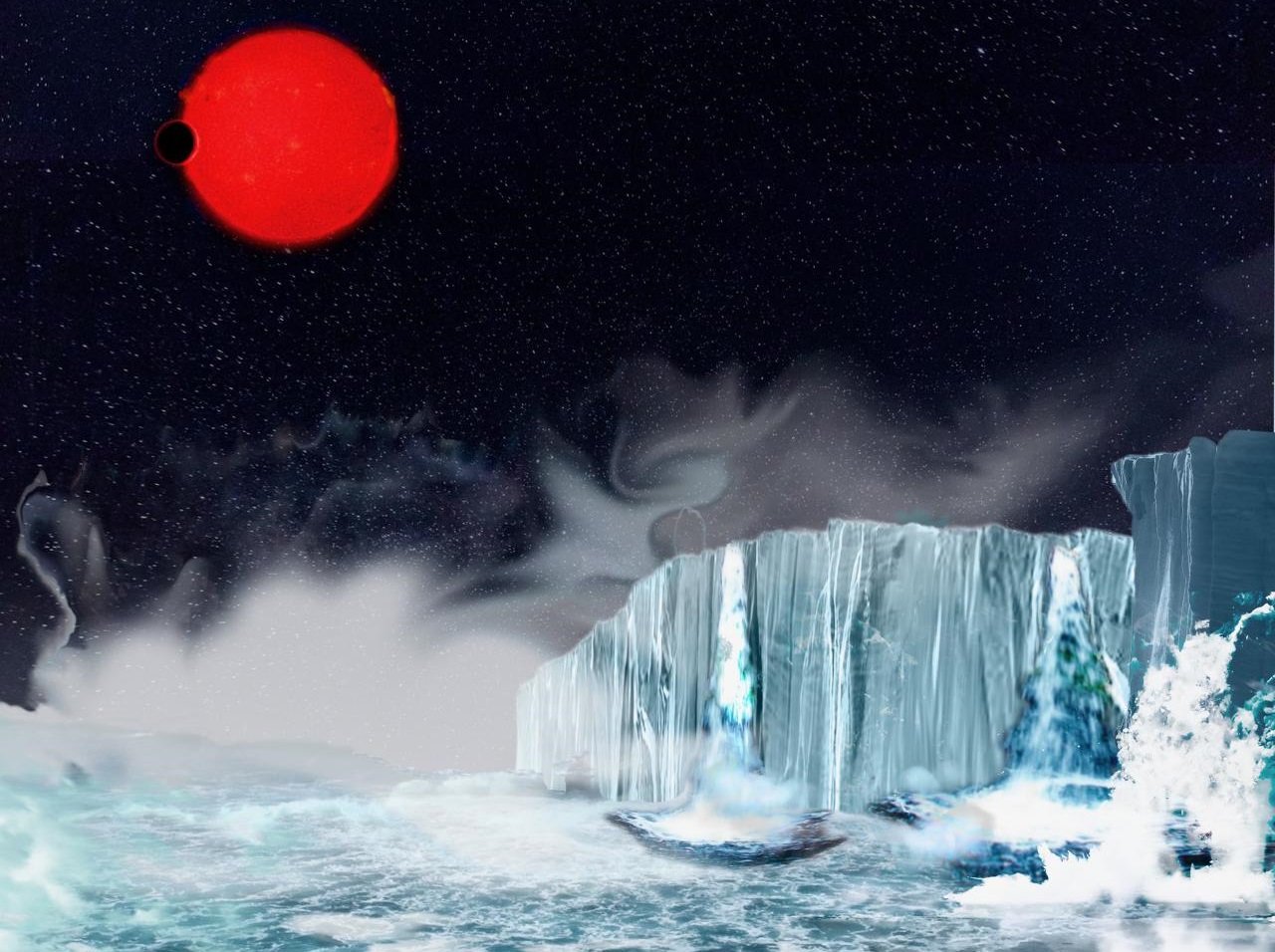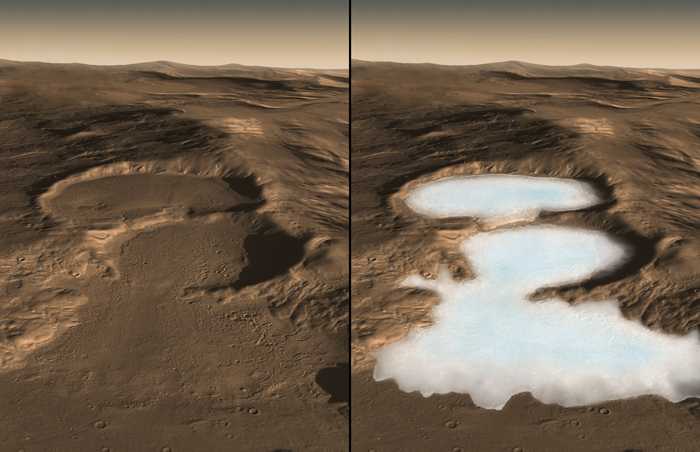(2008-09-07 10:23)
Folks must be writing New Ceres’ stories – I’m getting asked lots of stray questions about the universe.
For the record, Matt’s questions are the best [New comment: Matthew Farrer – whose story was published in the New Ceres anthology.] This is partly because he understands the nature of shared universes so deeply and respects them; it’s partly because he is such a good writer; and it’s partly because he pays attention. The worst questions (and I won’t name names) are from someone who wants a high tech story and wants to superimpose it on a static backdrop and even some of the physical fundamentals of the world are expected – in this particular writer’s mind – to change to fit plot needs.
This made me think.
This is hardly the first time I have had lots of people ask me about universes and worldbuilding. I get Medieval questions all the time, in fact. I’m doing a Sydney workshop on the stuff of the Medieval imagination in October, which just shows this sort of question is a regular part of my existence.
Each and every writer who talks to me brings with them a set of assumptions. Some of these assumptions are about the way research fits with writing. Some are about the way a given society works.
Some of them are about the story line and characters. The writers who frustrate me are the ones who assume that they can twist everything to fit. That static backdrops make for perfect fiction.
Why bother attempting proper world-building, whether it’s for historical fiction or speculative fiction, if your attitude is going to undermine your writing (and your world building) before you begin? Because that attitude does undermine the believability of the world. It carries through to the reader, always. [New comment: the problem is that New Ceres wasn’t designed for static backdrop, not that static backdrop is never suitable for fiction. In using the world as a painted cartoon background, the world would have been shifted from something dynamic and tarrying to something for pop adventure ie New Ceres was colour, not part of the fabric of the story.]
The reason for good worldbuilding and asking the right questions and understanding the answers is the reader. In an ideal book, they have enough clues to the world on enough levels so they are able to accept it and its implications and enjoy the book. So that there’s no “Well, it was OK, but something niggled.” Or so that they don’t have to race to check out “Could that really have happened.” It’s a trust thing.
Reader trust is built up with little clues and with the approach to the writing as much as it’s built up through getting ‘facts’ right. There are other ways of creating that trust than by using solid worldbulding, if your writerly soul can’t deal with solid worldbuilding. Read Alice and Wonderland again and you’ll see one approach. Most fiction, however, of any genre (including literary) has a consistent universe lying beneath it, reinforcing what it says and making it more convincing for the reader. The reader can immerse themselves in it for the duration. It’s one of the reasons I love reading – it takes me to other places and other times (tonight I might visit Alaska, tomorrow, Narnia).
Sometimes, it’s hard to convince writers of this, especially if they’re at the stage where they’re moving from short stories to novels. I don’t know why this is so. If the person was writing fiction set in a media tie-in universe, I would say “You know, making Darth Vader Luke’s son won’t work, don’t you?”
At the level of settings (and without making gratuitous Star Wars jokes), this sort of thing is harder to explain. Bringing the wrong approach to your world building questions can produce a high level of discomfort in a reader. A reader may not realise that the reason why they didn’t enjoy a New Ceres story as much as they ought was because the etiquette used was modern or that the sunlight had different effects in this story to all the other ones they’d read, but the feeling of “I just don’t like this story as much” still remains.
It’s even more complicated with Medieval settings. With any historical setting, in fact. New Ceres has solid world building behind it (you should see the files on my computer!), but, compared with actual human history it’s infinitesimal.
Think of how much we each lived yesterday. Think of all the humans in history having a full lifetime of yesterdays. Then think, if you’re writing about all those yesterdays, how do you choose what you need so that you can convince the reader everything is real, without convincing the reader they need a nap rather than finishing your book? I might choose the bit of my particular yesterday where the symptoms of cutting down cortisone hit because it was funky and funny. If I were writing it as fiction, I’d emphasise how jumpy I was and how exhausted and I’d tell it in such a way as to betray some of my secrets. I’d use it to bring a character to life, not as a straight description of a day.
Then there’s the matter of the notions of history we carry with us. I just discovered that a pop article I wrote on those notions (as applied to modern Arthurian fiction) has been put onto an undergraduate reading list in Germany. Not something I would have expected to happen, but it does highlight that finding out how we package our thoughts and how other people package their thoughts is terribly important.
If I want to use background to betray a character’s private longings and fears or to give a particular emphasis to an action scene (heighten the action, or enhance its significance, perhaps) then the shoddy “I’ll just add this to my story – I know what I’m doing” approach is just not a good idea. A writer might be strong enough to carry off a generally convincing story without that extra level of understanding, but they’re still undercutting their own taletelling on other levels.
A good writer takes a lot of care with words. They make sure that those words reflect the deep and precise meaning they need to convey and that those words link to other words and add to their meaning as well. Words are more than the sum of their parts: we all know this. World building, too, is more than the sum of its parts. This is all old hat.
I find it entirely fascinating that it’s possible to tell just how effectively a writer will use a world from the type of questions they ask subject experts. The type of question helps elucidate a universe that can underpin a whole novel – or undermine one. This, for me, is new hat.


